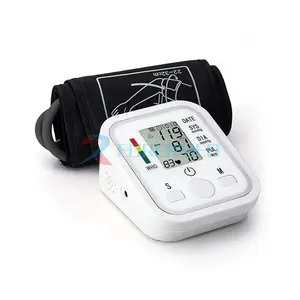Popular in your industry

































































Related Searches:


















































































































































Top categories
About protect self ligating brackets
Understanding Protect Self Ligating Brackets
Self ligating brackets represent a significant advancement in orthodontic hardware, designed to enhance patient comfort and reduce treatment time. These devices, which fall under the category of dental consumables, are engineered to hold the archwire in place without the need for elastic or metal ties. This feature simplifies the process of wire adjustments and can lead to fewer dental appointments.
Types and Materials
The protect self ligating brackets come in various types, including passive, active, and interactive, each serving a unique purpose in the management of tooth movement. Materials used in their construction range from traditional metal to aesthetic ceramics, catering to diverse patient preferences and clinical requirements.
Features and Applications
These brackets boast features such as a low-profile design and smooth contours that contribute to patient comfort. The application of self ligating orthodontic brackets spans across minor to complex dental alignments, making them a versatile choice for orthodontic practitioners.
Advantages of Self Ligating Systems
The advantages of using self ligating systems are manifold. They are known for potentially reducing the overall treatment time and the number of adjustments needed. Additionally, the absence of ligatures makes these brackets easier to clean, promoting better oral hygiene during orthodontic treatment.
Selection Criteria
When selecting self ligating dental brackets, one should consider the bracket's class designation, which indicates the regulatory standards they meet. It is also important to note the type of ligating mechanism they employ, whether a manual or an automated system, to ensure the right fit for the treatment plan.
Compliance and Standards
Orthodontic self ligating brackets are subject to various standards, such as GB15979-2002, GB/T18830-2009, or GB2626-2006, which ensure their safety and efficacy. These compliance markers are essential for practitioners to consider when choosing the appropriate bracket system for their patients.





























